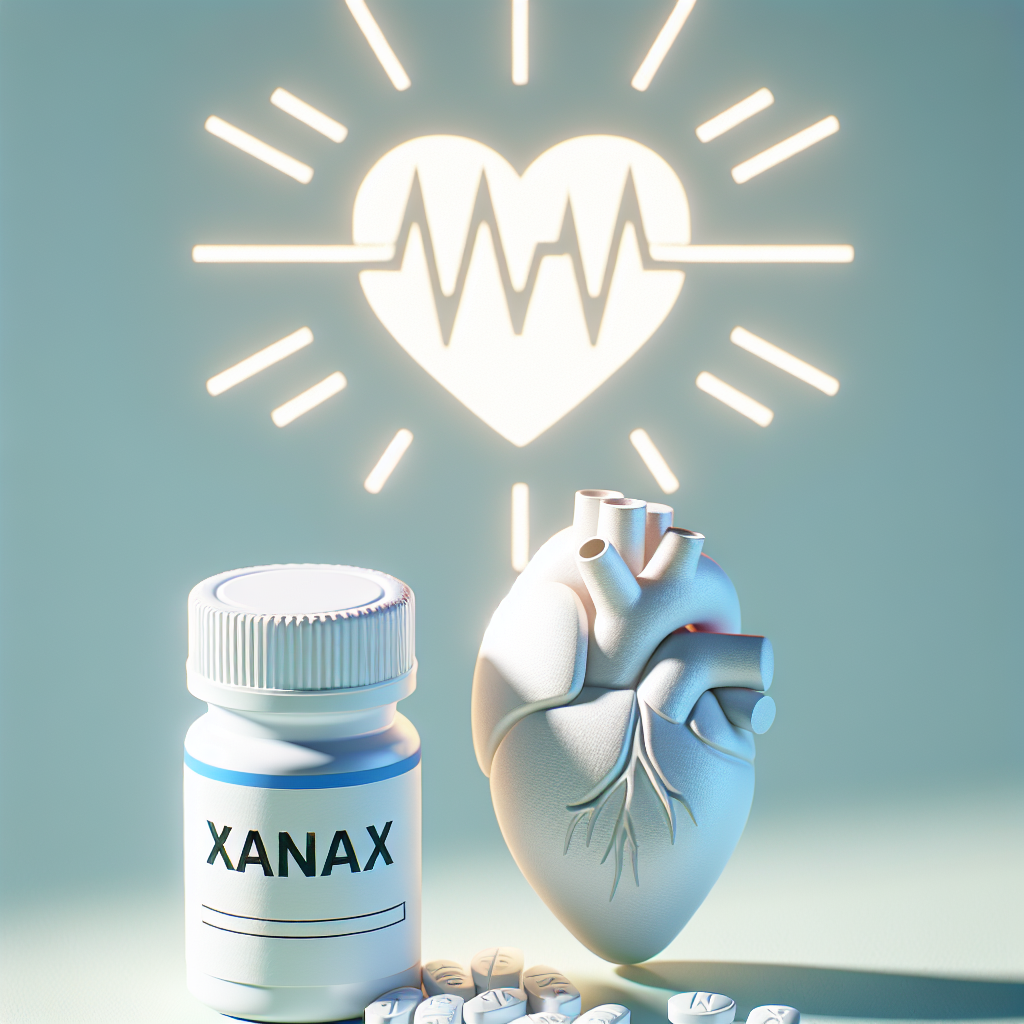Many people researching anxiety treatments ask, is xanax a beta blocker when comparing medication options for panic and performance-related anxiety. That simple question masks important differences: Xanax (alprazolam) is a benzodiazepine that acts on GABA receptors to reduce anxiety quickly, while beta blockers work on the cardiovascular system to blunt physical symptoms like rapid heartbeat and tremor. Understanding these distinctions helps you and your provider choose the right treatment for specific symptoms and situations.
Xanax vs. Beta Blockers: How They Differ
Benzodiazepines like Xanax primarily target the brain’s inhibitory neurotransmitter systems, producing sedative, anxiolytic, muscle-relaxant, and anticonvulsant effects. Beta blockers (for example, propranolol) block beta-adrenergic receptors in the heart and blood vessels, reducing heart rate and blood pressure. As a result, beta blockers are most effective for the physical manifestations of anxiety—palpitations, trembling, sweating—while benzodiazepines address the psychological experience of acute anxiety and panic.
Mechanism, Onset, and Duration
Xanax works quickly—often within 30 to 60 minutes—making it useful for sudden panic attacks. However, it carries risks of tolerance, dependence, and withdrawal with regular long-term use. Beta blockers like propranolol have a different time course and are typically used either as a daily medication for certain conditions or as an as-needed dose before a stressful event (for example, public speaking). The pharmacologic action is peripheral and does not produce the sedative, euphoric, or addictive effects associated with benzodiazepines.
Common Uses and Clinical Scenarios
Typical uses differ:
- Xanax: acute panic attacks, short-term management of severe anxiety, sometimes adjunctive therapy under close supervision.
- Beta blockers (e.g., propranolol): performance anxiety, situational anxiety with prominent physical symptoms, certain cardiovascular conditions.
Because of these differences, clinicians may recommend propranolol and xanax in very different contexts. For instance, someone who experiences pounding heart and hands that shake before presentations may find a single dose of a beta blocker helpful, whereas someone with recurrent panic disorder may require other long-term strategies beyond either option.
Comparing Safety and Side Effects: xanax vs propranolol
Safety profiles contrast sharply. Xanax can cause drowsiness, cognitive slowing, and carries risks of dependence and withdrawal syndrome if used regularly. Propranolol and other beta blockers can cause fatigue, cold extremities, or exacerbate asthma, and are contraindicated in certain heart block conditions. The conversation often becomes one of weighing immediate symptom relief versus long-term risks and functional goals.
It’s also worth noting that non-prescription approaches and safer alternatives exist for some people. For those exploring non-prescription routes, consider reading resources about over-the-counter options and cautious strategies such as lifestyle changes: over-the-counter Xanax alternative: what you need to know.
For authoritative clinical detail on alprazolam (Xanax), including dosing, warnings, and interactions, see the official drug information: MedlinePlus drug information for alprazolam (Xanax).
Practical Guidance for Patients
If you’re deciding between these classes of medications, discuss the following with your clinician:
- Primary symptoms you want to treat (physical vs. cognitive/emotional).
- Frequency of symptoms—occasional situational anxiety may be managed differently than chronic panic disorder.
- Medical history (heart or lung disease, substance use history, pregnancy).
- Preferences about sedation, risk tolerance for dependence, and desired speed of onset.
Nonpharmacologic and Combined Approaches
Medications are often most effective when combined with psychotherapy (especially cognitive behavioral therapy), breathing retraining, exercise, sleep optimization, and limiting stimulants like caffeine. For some people, a short course of a benzodiazepine for severe acute episodes plus transition to therapy and/or SSRIs or other longer-term strategies may be recommended. For situational physical symptoms, short-term propranolol before known stressors can be a low-risk strategy for many individuals.
Quick Takeaways
- Xanax is not a beta blocker; it’s a benzodiazepine acting on GABA receptors.
- Beta blockers like propranolol treat the physical symptoms of anxiety, while Xanax affects both physical and psychological symptoms but carries dependence risk.
- Choice depends on symptom type, frequency, medical history, and treatment goals.
FAQ
Q: Can I take propranolol and Xanax together?
A: Sometimes clinicians may prescribe both for different aspects of anxiety, but combining medications should only be done under medical supervision to monitor interactions, sedation, and overall safety.
Q: Which is better for stage fright—propranolol and xanax, or one over the other?
A: For performance or stage fright with mainly physical symptoms, a beta blocker like propranolol is often preferred. A benzodiazepine might be considered if significant anticipatory anxiety or panic is present, but risks and effects on alertness must be weighed.
Q: How long can you safely use Xanax?
A: Xanax is generally recommended for short-term or intermittent use due to tolerance and dependence risks; treatment duration should be determined by a clinician with a plan for tapering if used regularly.






